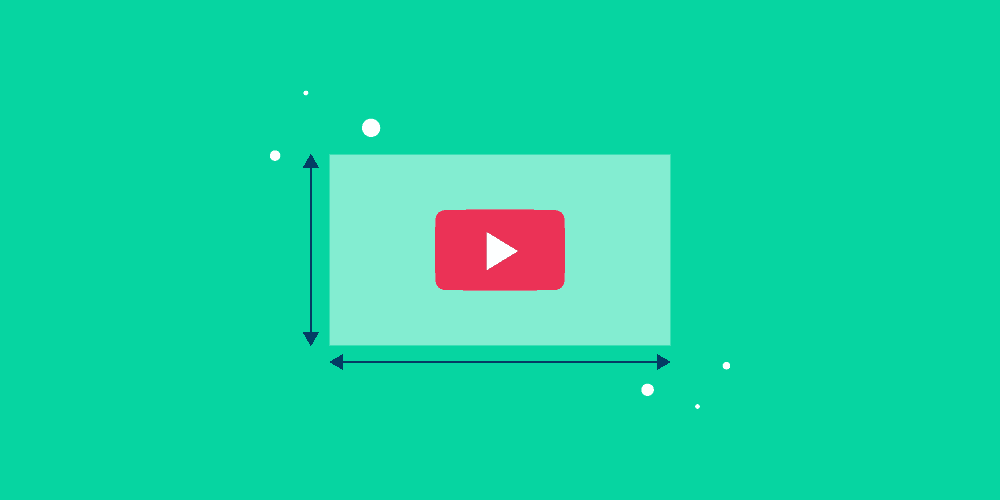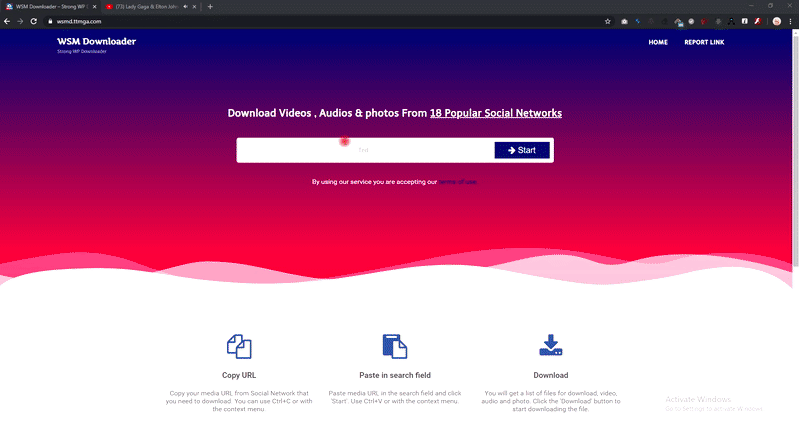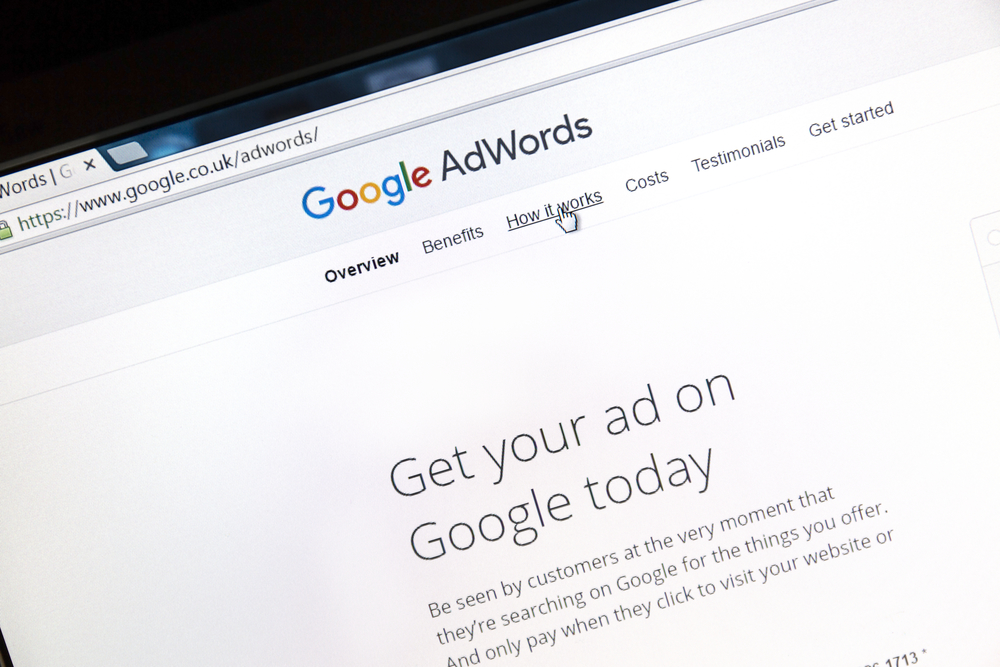
Scheduling is one of the most crucial aspects of content online marketing. You need to establish realistic content creation schedules, depending on your budget and resources. Track the time it takes you to create each piece of content. Be sure to make your content easy to read and provide helpful tips. Here are some suggestions to help you plan your content. A clear customer-centric vision will be the foundation of a content marketing strategy that is successful.
Develop a customer-centered content strategy for marketing
An effective strategy to build customer-centric content is essential if you are planning on using content marketing for your online company. While this approach may be a little more time-consuming, it's also likely to get better results over time. You can outsource content creation if you don't have the time. Here are seven key steps for creating content that is effective. These steps will help you achieve better results.
First, determine your target audience. Once you know your target audience and have identified their needs, you need to decide how best to serve them. What problem do they have? What product do they need? This is the foundation of your content marketing strategy. Remember that your content marketing strategy is about building long-term relationships with customers. This means that your content must be relevant to their needs.
Second, measure your content's success. What number of times have you shared your content with others? Are your customers happy with the content? Is it being shared in the way you expected? These are the metrics you need to track to determine whether your content strategy is working. Now it is time to adjust your content marketing strategy. You can then measure the results. Do you know how many people shared your content on social media?
Identify your audience
Before you begin creating content, identify your audience. The marketing persona, which is a comprehensive description of your target audience, is what you need to do. It helps you identify the kind of content they're most likely to enjoy and find valuable. It can also help you define your audience by age, gender, topics, and devices they use. Knowing what your customers want will allow you to create content that appeals to them, and build loyal customers.
You can easily identify your target audience by looking at the people who use your products. As you research your market, take a look at the popularity of similar products. Similar products are often sold by companies that know their customers well. This allows them to make their content relevant to your products and services. Using popular hashtags, for example, can help you find them. And make sure to engage with your audience on social media to ensure they're aware of your content.

When marketing content online, you can use demographic attributes to determine your target audience. You can use demographic attributes to identify your target audience if you are selling sneakers. Your target audience might be male, female or both. This information will enable you to target your marketing messages better and improve your company's performance. To determine the buying habits of your competition's customers, you can also analyze their marketing strategies.
Create a distribution plan
Create a distribution plan to maximize the value of your content. A distribution plan identifies the channels through which your content will be promoted, giving you insight into how well it is reaching your goals. Once you have created a distribution plan, it's time to begin promoting your content. Here are some tips to help you get started:
Identify your audience. Target your content based on their stage in the buying process. Your content could be written for current customers if it focuses on informing them. Care content, however, will inform existing customers about new products or industry trends. The goal of your distribution plan is to reach these people.
Distribution methods are varied. For example, social media platforms can be used to spread your content more quickly. To maximize your efforts, you can use social media distribution tools such as Hootsuite. Look into forums and online communities, and find ways to connect with them. Payed advertising and influencer-marketing are great ways to get your content noticed. These channels are not the only options for online marketing.
Create user-generated content
How can user-generated material be used for your online marketing strategy One of the most common methods is allowing your customers to share their thoughts. If you sell portable solar panels, for example, you could ask customers to share their thoughts on the product or service via a website. This will allow your brand to get direct feedback from customers and reduce the chance of offensive content being spread across the Internet.
You can't underestimate the value of user-generated material in your online advertising campaign. This content helps people to connect with your company. You can also get new customers by allowing users to share their opinions. Your fans can also share their opinions about your products and services, which will help you save time and money. This strategy will help your company rank highly on search engines, and can also help you gain new customers.
It is an integral component of any successful marketing program. It is the key ingredient to boosting your brand’s online visibility. User-generated content can be used in many ways, including product videos, testimonials, custom hashtags, and social media contests. Since user-generated material is not created by companies but is created by people, it's free content and will increase your website's rank and help you build your credibility.
Optimize the content of your website for SEO
It is important to consider SEO when you are marketing content. Web crawlers are search engine spiders that filter your website's content. Bingbot or Googlebot will crawl your website. The bots then gather this information and use that data to rank your website. The search engine will display the site if it finds something relevant to your topic.

SEO content is intended to boost search engine rankings and drive traffic to your website. Organic search results will be displayed based on the relevancy of the content, how many backlinks point to your website and how trustworthy the source. Search engine optimized content should have keywords and be structured logically with the audience in mind. You will be able to improve your website's position in search results if you simply follow these steps.
SEO is all about keywords, but you shouldn't stuff your content with them. Keyword stuffing is not de rigeur until 2021. Your primary keyword should be included within the first 100 words. Secondary keywords should be used as naturally as possible. It is best to keep your primary keyword in the first 100 words, as well as a few secondary terms that correspond with the content's topic. If you want to increase traffic to your website, you need to use as many secondary keywords as you can.
Promote your content through social media
For different types of content, you might use different social media websites. Although linking to your content might have worked in the past it is no longer effective. It is better to be strategic about how you promote your content. Timing is everything in social media. Studies show that publishing in the early morning on Twitter and Instagram is more effective than publishing later in the day on LinkedIn and Facebook. There is however no best time to publish content on any social media channel.
Social media platforms can be spontaneous. You can still produce quality content by following a content strategy. To improve your content strategy, you should monitor your analytics. You must be active on social media because it is a real-time platform. This means that you need to post frequently, track engagements and respond to comments. But the content must appeal to your target audience and be easily accessed on their device.
You need to know your audience and what channel you are using social media for. Depending on your audience, you need to be authentic and use your brand voice in order to appeal to them. You can be serious, funny, or somewhere in-between. You need to know how to market your content on social media to get the most benefits for your business. You can also use social media management software to make it simpler for yourself.
FAQ
Is My Website Located Where?
Your website should be located at the top of the search results. That means that it needs to appear near the top of every search result. Some searches can have hundreds of pages. What makes your website different from these competitors?
What are different SEO strategies?
Search engine optimization (SEO), search media optimization (SMO), as well as pay-per click advertising (PPC) are all examples of different SEO strategies.
With SEO, you optimize content for certain keywords using text formatting, HTML code, and other features.
This ensures that your website appears higher in search result pages.
Social media optimization is the process of optimizing your website so that it can be used on social networks, such as Twitter, Facebook, or Google+.
These help build your brand reputation online, making visitors more likely to visit your site when searching for related topics.
PPC ads can also be found at the top of search results pages. They show relevant products, and services.
Google paid search is the most used PPC ad type. These ads can be very effective, even though they cost a lot.
PPC advertising is also available in display ads as well as video ads and sponsored posts.
What Does SEO Mean For Small Businesses?
Small businesses face the greatest challenge today: competing with larger companies that spend millions of dollars on advertising. Search Engine Optimization (SEO), enables smaller businesses to reap the benefits of this same marketing power without spending a fortune.
Where can I find my keywords?
First, you need to think about the type of products and services that you offer. Next, search for terms related to these things. Once you have a list of phrases, you can use Google Keyword Planner to find out what phrases people are searching or directly go to search engines such as Bing, Yahoo!, and DuckDuckGo.
What is a "blog post"?
A blog is a type website that lets visitors share content. Blogs contain a mix between written posts and pictures.
Bloggers blog about their experiences, opinions, and interests. However, some bloggers prefer to write about topics that are related to their career or business.
Blog owners can start blogs using a very simple program called a blogging platform'. There are many blogging platforms. Tumblr (WordPress), Blogger, and Tumblr are the most popular.
Blog readers read blogs because they enjoy what they read. It's important to keep your writing fresh and interesting. If you write about something specific, ensure you know your topic.
To help your readers better understand the topic, you should also include helpful information and resources. To illustrate, when you write about improving your site, don't just tell readers to go on Google and check out other business' websites. Instead, give clear instructions on the steps required to create a website that's successful.
It's important to remember that people will enjoy reading your blog if it has good content. Your writing will be viewed as uninteresting if it's not clear and concise. Poor grammar and spelling are also a problem.
When you begin blogging, it's easy for things to get out of control. It's easy to get carried away when you start blogging. Keep your schedule straight and only publish content every other day. You should not feel like your blog is a chore.
Statistics
- A 62.60% organic traffic boost to that page: (backlinko.com)
- 64% of marketers actively create SEO campaigns because they help hit multiple key performance indicators (KPIs), including increasing traffic, helping your site rank for relevant keywords, improving your conversion rate, and much more. (semrush.com)
- : You might have read about the time that I used The Content Relaunch to boost my organic traffic by 260.7%: (backlinko.com)
- These guides are designed and coded 100% from scratch using WordPress. (backlinko.com)
- Which led to a 70.43% boost in search engine traffic compared to the old version of the post: (backlinko.com)
External Links
How To
How do I start my first blog.
It's simple! WordPress is a wonderful tool to help you create a blog. Users can easily edit the appearance of their blogs by adding themes, changing fonts and colors, and customizing the layout. They can also create plugins that will automatically alter certain aspects of the website according to visitor activity.
There are many free templates you can download from WordPress.org. You also have the option to purchase premium templates. Premium templates come with additional features such as extra pages, extra plugins, and advanced security.
After you have downloaded the template, you will need to sign up to a free hosting account to upload your files to your blog and manage it. Many hosts offer free accounts, but there are often restrictions on how much space you can use, how many domains you can host and how many emails you can send.
If you decide to use more than one domain name, you'll also need to buy separate email addresses. For this service, some hosts charge a monthly cost.
A blog hosted online is a great way to start blogging if it's your first time. Hosting companies offer unlimited storage, so your files won’t be deleted even though you delete them accidentally.
Hosting providers often allow multiple domain hosting, so you can have many sites from the same package. This allows you to sign up for only one email account and manage all your sites via one interface.
Some hosts offer social media sharing buttons that allow visitors to quickly share their posts on the web.
You can usually manage your blog through the tools offered by hosting providers. You can check the performance stats for your site, view how many visitors each article has received, and even compare your traffic to other blogs.
These tools can make it easier to manage your blog faster and easier, so make sure you check them out before you buy a web hosting plan.
To sum up:
-
Select a topic that is relevant to your business.
-
Create engaging content;
-
Optimize your site using SEO techniques;
-
Promote your site using social media channels;
-
You can monitor your statistics and make adjustments if necessary.
-
Finally, don't forget to update your blog frequently.
In short, create good content, promote it effectively, and track its success.